|
Europa Nostra has announced which of Europe's heritage sites are most at risk

Chris Tebbutt | Planet Attractions | 15 Dec 2020
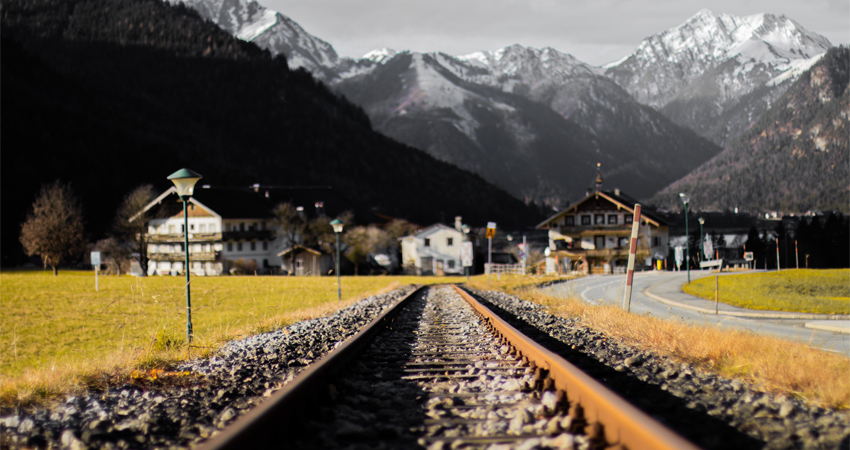
 Sites all over Europe at risk, with 12 shortlisted for the 2021 Most Endangered Programme Credit: Alin Andersen on Unsplash Sites all over Europe at risk, with 12 shortlisted for the 2021 Most Endangered Programme Credit: Alin Andersen on Unsplash
Representing citizens' organisations that work on safeguarding Europe's cultural and natural heritage, heritage lobbying organisation Europa Nostra has named the 12 most threatened heritage sites in Europe.
The 12 endangered heritage sites were shortlisted by an international Advisory Panel, comprising experts in history, archaeology, architecture, conservation, project analysis and finance.
The selection, says the organisation, was made on the basis of the outstanding heritage significance and cultural value of each of the sites as well as the danger that they are facing.
In March, the list will be narrowed down from 12 sites to seven, which will be included in the 2021 Most Endangered Programme - a scheme which mobilises public and private partners at all levels to find a viable future for these sites.
“At a time of a distressing global crisis, we stand in full solidarity with local communities all across Europe who are the tireless stewards of our most vulnerable heritage assets,” said Prof Dr Hermann Parzinger, executive president of Europa Nostra.
“We stand in solidarity and we also stand in action. You can count on Europa Nostra, and our wide network of members and partners, to raise our voices in defence of these 12 heritage sites at risk of being lost forever.
From iconic natural landscapes, to sites of religious significance and modernist architectural gems, these remarkable sites embody our shared history and are an untapped source of development and wellbeing for the regions and countries involved and for Europe as a whole.
At a time when it is most needed, let us work together to preserve our cultural heritage and place it where it belongs: at the heart of Europe’s post-pandemic recovery.”
The shortlisted sites are:
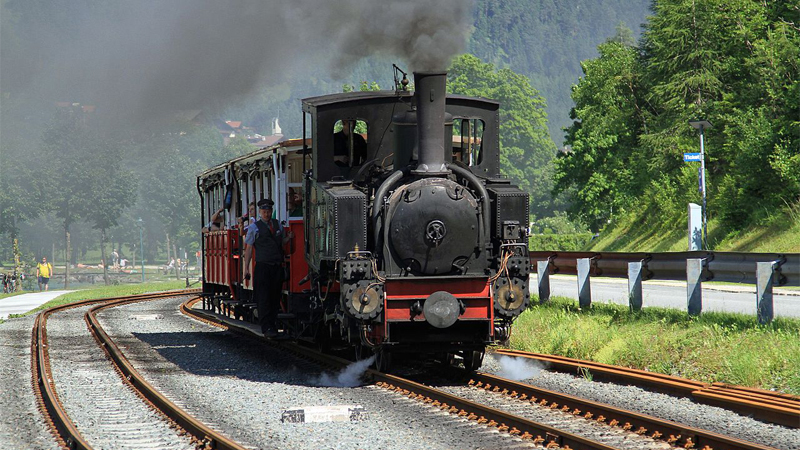
The Achensee Steam Cog Railway, Tyrol, Austria
A 128-year-old railway that still operates using steam engines, the Achensee Steam Cog Railway takes customers from Jenbach to the scenic Achensee Lake.
The railway is a victim of the global pandemic, with a severe lack of tourists leaving it in dire financial straits.
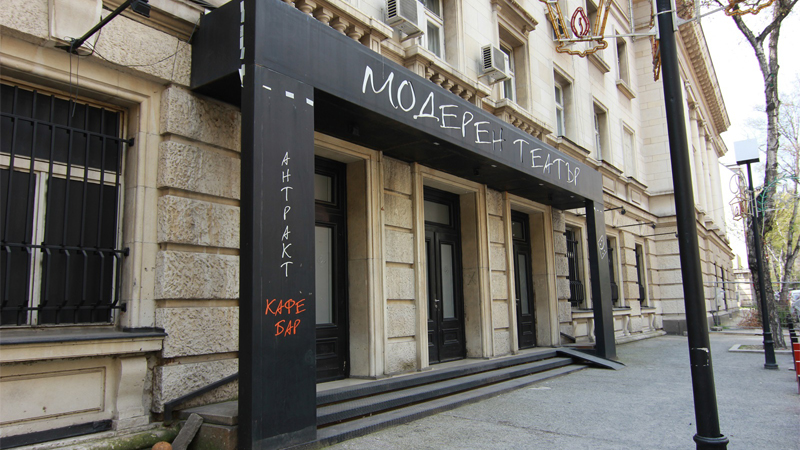
The Modern Theatre, Sofia, Bulgaria
Built in 1908 and officially closed in 2013, Sofia’s Modern Theatre has been decaying for nearly a decade.
Urgent issues that need addressing include a partially collapsed roof and broken windows, which have made the theatre a target for vandals.
The theatre was previously an important cultural centre in the Bulgarian capital, where intellectuals and artists could enjoy both Bulgarian and foreign cinema.
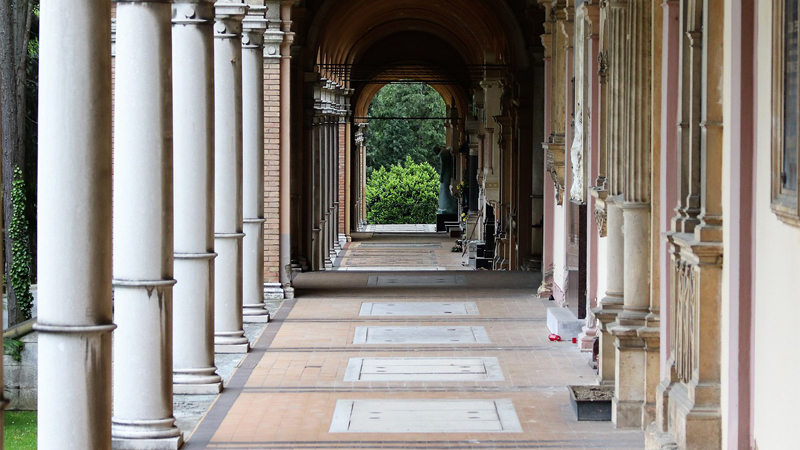
The Cemetery Complex of Mirogoj, Zareb, Croatia
Built between 1876 and 1929, the Cemetery Complex of Mirogoj in Zagreb is a fine example of European Neoclassical architecture by German architect Herman Bollé.
A number of historical figures and Croatian personalities have been buried there, which contributes to the site’s important emotional significance.
The site of the cemetery has been plagued with misfortune, as a 5.5 magnitude earthquake and heavy rain damaged some of the architectural and decorative elements of the site.
Because of the COVID-19 outbreak, the site has not had the opportunity to be assessed for damages.
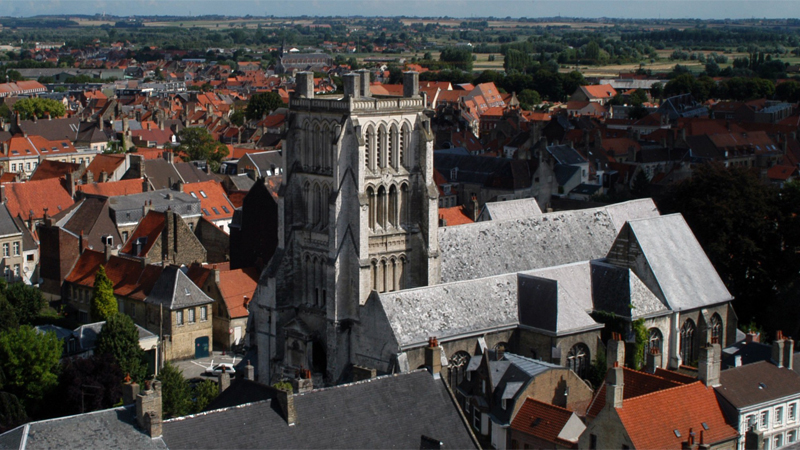
The Church of Saint Denis, Saint-Omer, France
A gothic-style building that housed the graves of French Kings between the tenth and eighteenth century, the Church of Saint Denis still makes the list despite the recent restoration of its nineteenth century spire.
Urgent preservation of the church’s roof has been initiated by the city of Saint-Omer, but there lacks funding for a meaningful restoration, says Europa Nostra.
The city is planning to turn the church into a place for learning and experimentation in restoration techniques.
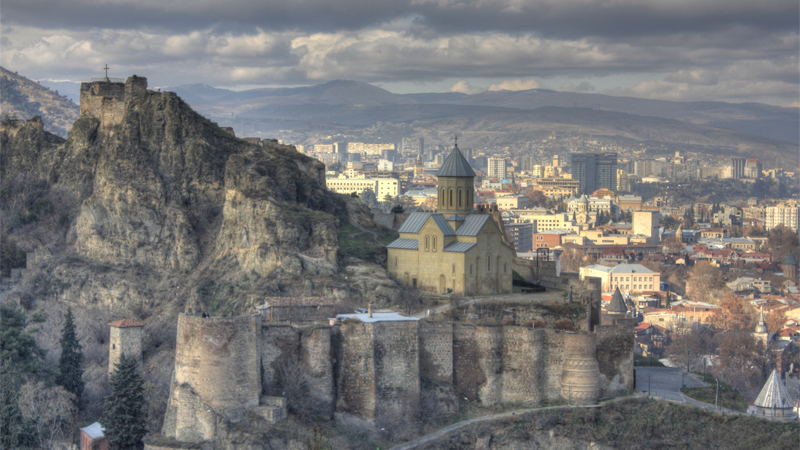
Narikala Fortress, Tbilisi, Georgia
Nabliski Fortress is an ancient military installation that sits overlooking the town of Tbilisi in Georgia.
Built in the fourth century and used until the 1600s as a fortress, much like the Cemetery Complex of Mirogoj, earthquake damage is the reason the structure is listed.
In its current condition, the fortress is at risk of collapse, mainly due to lack of maintenance and general decay.
In addition, a high-capacity cable car, built in 2012, has significantly increased visitor access to the site, increasing the pressure of tourism on its foundations.

Green Space System, Cologne, Germany
The Green Space System is a green belt around the German city of Cologne which was established in the 1920s by city builder Fritz Schumacher and the then-mayor, Konrad Adenauer.
It repurposed the outdated Prussian weir system into an inner and an outer green space connected and interlocked by green radial corridors and other green facilities.
The Green Space is at risk because Cologne's continued expansion infringes on the green space in order to create urban infrastructure.
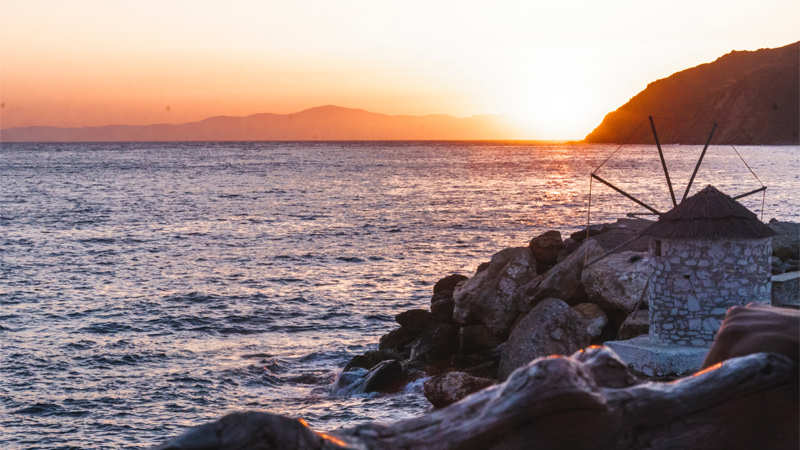
Five Southern Aegean Islands, Greece
The islands of Amorgos, Kimolos, Kithira, Sikinos and Tinos, feature in Greece’s famous Cycladic landscape.
The islands have ended up on the list because of plans to create wind farms on the island, which will damage the cultural and environmental value of the landscape.
Wind turbines would be installed in different parts of each island, some within protected Natura 2000 areas and as a backdrop to traditional Greek villages.
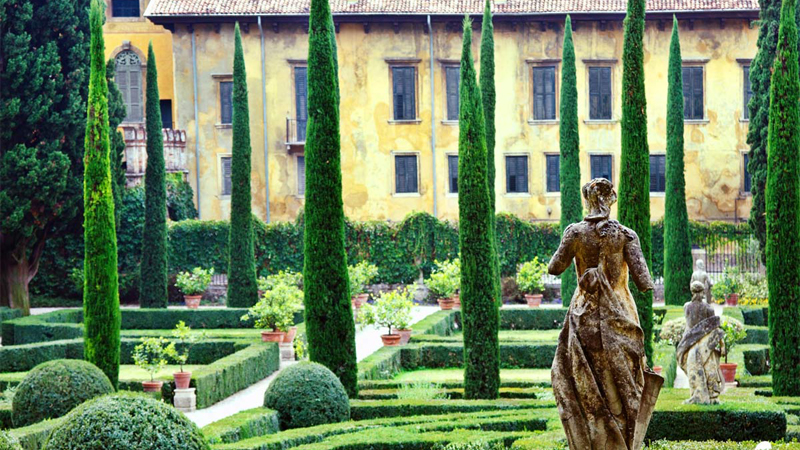
The Giusti Garden, Verona, Italy
The Giusti Garden dates back to 1570 and has been open to the public ever since.
Several rare species are cultivated in the garden, which is home to a boxwood labyrinth in a complex design, one of the oldest of its type in Europe. It also functions as an outdoor theatre.
The garden was hit by thunderstorms in 2020, which damaged one-third of its trees, along with statues, lights and the irrigation system.
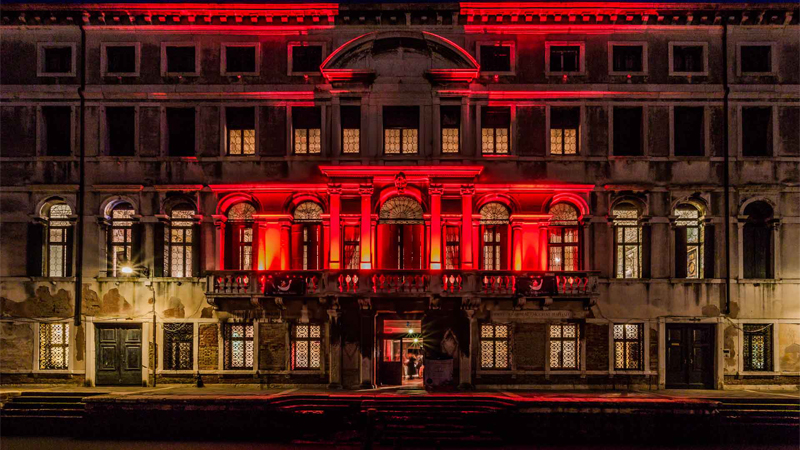
Ca’ Zenobio Palace, Venice, Italy
Another Italian heritage site making the list is the Ca’Zenobio Palace in Venice, Italy.
A Baroque-style building that depicts mythological scenes of Queen Zenobia, the palace was the home of the Armenian Moorat-Raphael College from 1851 to 1997.
Since the closure of the college, the building has remained vacant and been exposed to serious deterioration. As a result, the site is at risk of losing its characteristics and heritage significance.
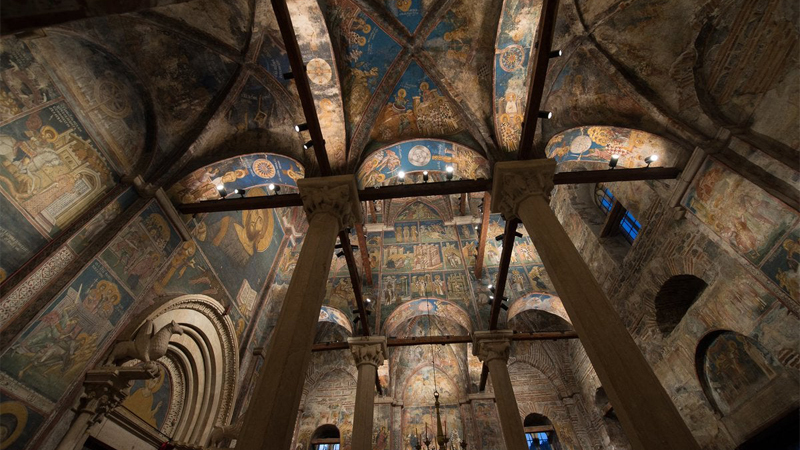
Decani Monastery, Kosovo
Built in the first half of the fourteenth century, this Serbian Orthodox Christian Monastery is one of the best-preserved medieval monuments in Europe.
Continuously inhabited for almost seven centuries, the Decani Monastery is a functioning monastery with daily services and an active community composed of 25 monks.
The monastery has been kept under protection from NATO-led KFOR peacekeeping troops due to the monastery coming under attack from mortar fire from 1997 to 2007. In 2016, there was also an attempted ISIS terrorist attack in 2016.
There is a constant risk of unsuitable urban facilities being constructed in the vicinity of the monastery. Especially dangerous is the plan to have a major international highway pass next to the monastery gates.
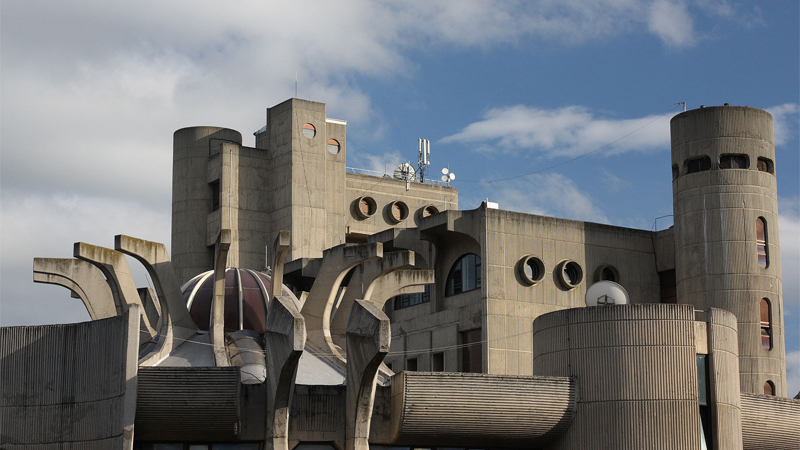
Central Post Office, Skopje, North Macedonia
Designed by North Macedonian architect Janko Konstantinov and finalised in 1974, the Central Post Office represents the modernist Brutalist architectural style of the post-war era.
Modelled after a lotus flower, the Post Office suffered a fire in 2013, which damaged the murals and custom-made furnishings within.
Since then, the site has deteriorated. As the building still has no roof, it suffers from direct exposure to atmospheric influences with rain and snow penetrating its interior.
Advocates of the site want to repurpose the Post Office as a cultural and social centre.
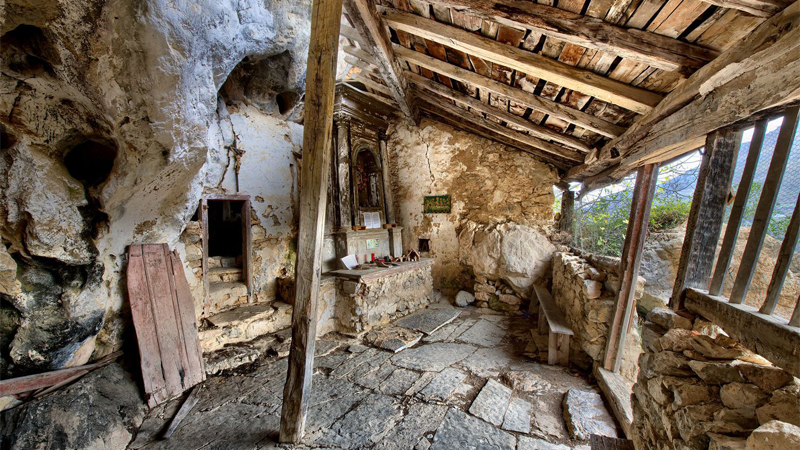
San Juan de Socueva Chapel and Hermitage, Cantabria, Spain
San Juan de Socueva is an ancient hermitage and chapel set into the rocky mountains of Arredondo, Cantabria, in the north of Spain.
Dating back to 660-680 AD, the chapel still welcomes congregations and holds religious services for the local community.
The site features an outside portico wall, with an image of St. John the Baptist adorning it.
Unfortunately, the portico is in a state of disrepair and is in a space of vulnerability, as visitors can enter freely, causing damage.
Heritage
|
|






Supplier Showcase 2025: The biggest attractions projects landing worldwide this year
|